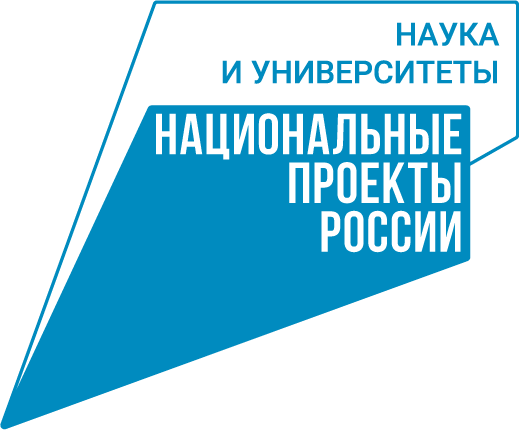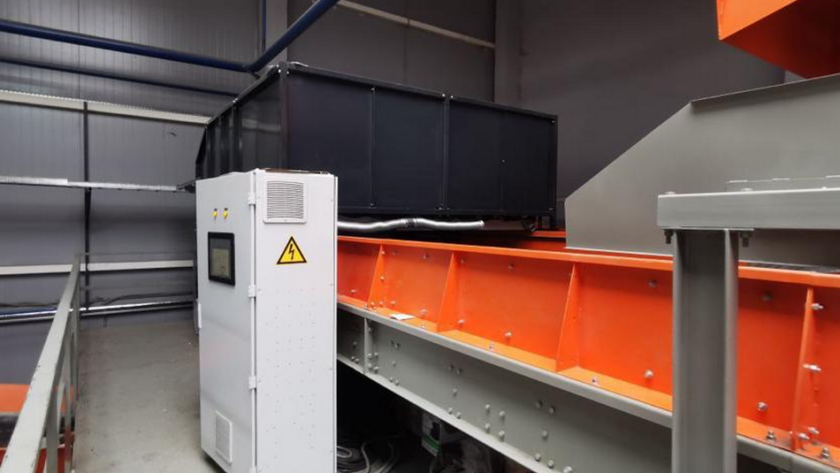The separator is designed for automatic recognition and sorting of solid municipal waste. Photo: UrFU Press Center
The first Russian optical separator, developed by scientists of the Ural Federal University in close cooperation with Aksalit Company and Megalion Group, was delivered to the Grodno Waste Disposal and Mechanical Sorting Plant.
The separator is designed for automatic recognition and sorting of solid municipal waste. The waste is moved on a conveyor belt, and on the detection line a hyperspectral camera determines the type of material according to the characteristics selected by the operator. Separation takes place by blasting the object away from the general flow with compressed air. In Grodno, the separator is configured to separate chlorine-containing materials, i.e. PVC plastic, to make RDF-fuel from the remaining trash, which is usually used to produce electricity and heat energy by combustion.
“We separate PVC plastic from waste so that when it is burned it does not emit acrid smoke, which pollutes the atmosphere. The capacity of such a separator is 9 tons per hour. Its cost is 40% lower than that of foreign analogues, but the quality of sorting is similar – 90% accuracy. Moreover, unlike foreign analogues, it allows increasing the percentage of sorted garbage. Implementation of such developments makes an important contribution to solving the issue of effective import substitution,” the developers emphasize.
The developers point out that the separator is mainly designed from domestic materials, but some of the assemblies are foreign-made. For example, the main unit of the separator is an optical module. It detects moving material on the conveyor belt and transmits coordinates for “shooting off” them from the general flow. An imported hyperspectral camera is responsible for identifying objects. But in October of this year, the foreign camera will be replaced by a domestic one. The camera captures infrared waves reflected from the object, thereby identifying types and subspecies of materials, its operating range is from 900 to 1700 nm, and the shooting speed is 15000 kps.
The optical separator is installed as cascade equipment, which automates the entire sorting process. Its great advantage is that it is designed and developed with the understanding of the real conditions of the “garbage culture” in the CIS countries and does not assume pre-sorting.
Similar separators are expected to be installed at the plants for integrated recycling of solid municipal waste in several cities of the Sverdlovsk region. The project is implemented within the framework of the World-class Urals Interregional Research and Education Center “Advanced Industrial Technologies and Materials”.
The news article was translated by UrFU International Marketing Office
info.international@urfu.ru, +7 (343) 375-45-19

